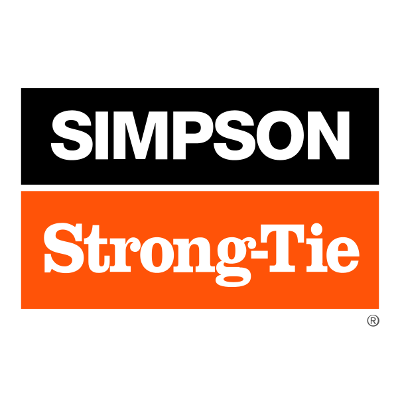Because the subject of glue comes up often around here, I wanted to mention to everyone that this months Fine Woodworking Magazine did a test of several of our favorite glues. The results were somewhat surprising (or not), and exposed something that is commonly repeated to be false.
Anyway, they tested:
Elmers Wood Glue
Tightbond III
Gorilla Glue
Slow Epoxy
Hide Glue
The joints were testing using an exposed tendon joint, so all glue strength. They cut the tenon 3 different ways: loose (1/64" gap - wow that's tight to me!), snug (finger pressure), and tight (requires a hammer to tap together). They repeated the tests with Oak, Maple, and Ipe. Testing was done at Case Western University, by University staff.
Winner: Tightbond III
Extremely Close 2nd: Elmers Wood Glue & Epoxy
Worst Performer: Gorilla Glue
The difference between Tightbond III, Elmers, and the Epoxy was very small. Hide glue wasn't far behind either.
The big surprise (or not), and this is really the big thing I want to point out, was that Gorilla Glue performed terrible in the Loose configuration. I often hear people recommend to use gorilla glue with poorly cut joints because it will expand and fill the gaps (I think partially for strength and partially to acoustically seal?). Based on this testing, I wouldn't recommend this. The strength of the joint was extremely week. It was about 1/2 of the Tightbond joint. Ouch! And as for acoustically sealing, well it is an open cell, porous foam, so I have my doubts about how well it would work.
So, just use regular old wood glue. If your cuts are really bad and you have gaps larger than 1/64 maybe use epoxy.
Anyway, they tested:
Elmers Wood Glue
Tightbond III
Gorilla Glue
Slow Epoxy
Hide Glue
The joints were testing using an exposed tendon joint, so all glue strength. They cut the tenon 3 different ways: loose (1/64" gap - wow that's tight to me!), snug (finger pressure), and tight (requires a hammer to tap together). They repeated the tests with Oak, Maple, and Ipe. Testing was done at Case Western University, by University staff.
Winner: Tightbond III
Extremely Close 2nd: Elmers Wood Glue & Epoxy
Worst Performer: Gorilla Glue
The difference between Tightbond III, Elmers, and the Epoxy was very small. Hide glue wasn't far behind either.
The big surprise (or not), and this is really the big thing I want to point out, was that Gorilla Glue performed terrible in the Loose configuration. I often hear people recommend to use gorilla glue with poorly cut joints because it will expand and fill the gaps (I think partially for strength and partially to acoustically seal?). Based on this testing, I wouldn't recommend this. The strength of the joint was extremely week. It was about 1/2 of the Tightbond joint. Ouch! And as for acoustically sealing, well it is an open cell, porous foam, so I have my doubts about how well it would work.
So, just use regular old wood glue. If your cuts are really bad and you have gaps larger than 1/64 maybe use epoxy.

 And that jives with my memory of Titebond II being a more waterproof PVA variant. So, go ahead and use it for iron-on PVA veneer work.
And that jives with my memory of Titebond II being a more waterproof PVA variant. So, go ahead and use it for iron-on PVA veneer work. 

 This is a higher viscosity poly glue than the Gorilla poly that they tested.
This is a higher viscosity poly glue than the Gorilla poly that they tested. will post design, BOM and more than a couple questions in a week or so.
will post design, BOM and more than a couple questions in a week or so. 
 ops:
ops:

Comment